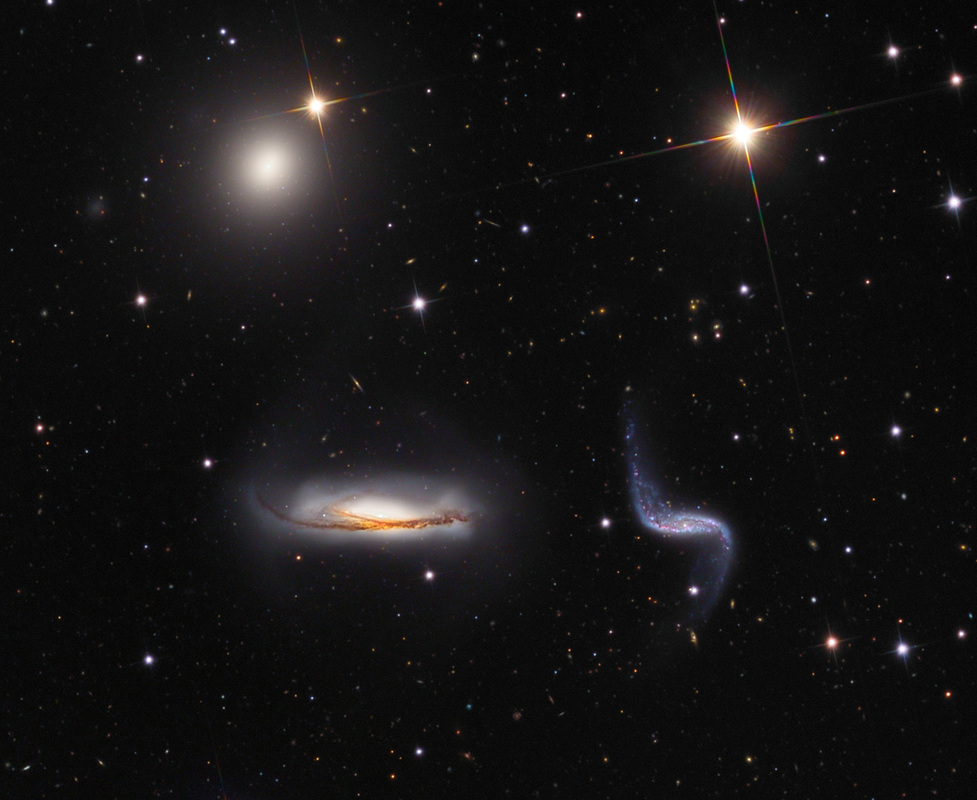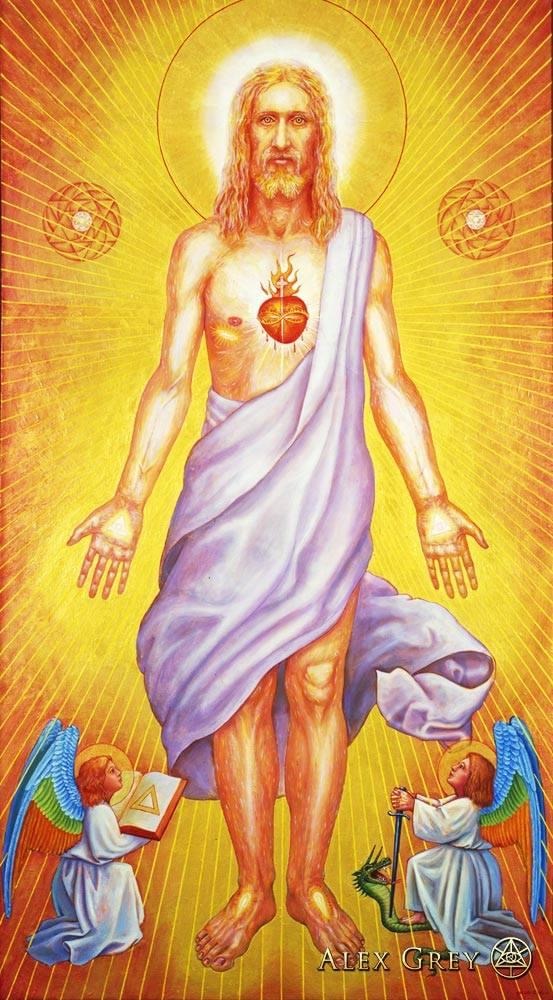Blog
Eleanora Fagan (April 7, 1915 – July 17, 1959 Philadelphia), known professionally as Billie Holiday, was an American jazz and swing music singer. Nicknamed “Lady Day” by her friend and music partner Lester Young, Holiday had an innovative influence on jazz music and pop singing. Her vocal style, strongly inspired by jazz instrumentalists, pioneered a new way of manipulating phrasing and tempo. She was known for her vocal delivery and improvisational skills.
After a turbulent childhood, Holiday began singing in nightclubs in Harlem, where she was heard by producer John Hammond, who commended her voice. She signed a recording contract with Brunswick in 1935. Collaborations with Teddy Wilson yielded the hit “What a Little Moonlight Can Do“, which became a jazz standard. Throughout the 1930s and 1940s, Holiday had mainstream success on labels such as Columbia and Decca. By the late 1940s, however, she was beset with legal troubles and drug abuse. After a short prison sentence, she performed at a sold-out concert at Carnegie Hall, but her reputation deteriorated because of her drug and alcohol problems.
She was a successful concert performer throughout the 1950s with two further sold-out shows at Carnegie Hall. Because of personal struggles and an altered voice, her final recordings were met with mixed reaction but were mild commercial successes. Her final album, Lady in Satin, was released in 1958. Holiday died of cirrhosis on July 17, 1959 at age 44. She won four Grammy Awards, all of them posthumously, for Best Historical Album. She was also inducted into the Grammy Hall of Fame and the National Rhythm & Blues Hall of Fame. Several films about her life have been released.
more...Arp 316 is in the Galaxy Groups class. The Atlas note is “edge-on spiral shows signs of interaction”. All three large galaxies make up Arp 316. Within Arp 316, the integral sign spiral is NGC 3187, the nearly edge-on spiral is NGC 3190, and the E-like galaxy at the NE apex of the triangle is NGC 3193. The dust lane in NGC 3190 is a strong one. Both 3190 and 3187 show obvious evidence of interaction. On close inspection, this image shows a wide band of material connecting 3193 and 3190, and a narrower U-shaped band from the SW end of 3187 to the S side of 3190.

Horace Elva Tapscott (April 6, 1934 – February 27, 1999) was an American jazz pianist and composer. He formed the Pan Afrikan Peoples Arkestra (also known as P.A.P.A., or The Ark) in 1961 and led the ensemble through the 1990s.
Tapscott was born in Houston, Texas, and moved to Los Angeles, California, at the age of nine. By this time he had begun to study piano and trombone. He played with Frank Morgan, Don Cherry, and Billy Higgins as a teenager.
After service in the Air Force in Wyoming, he returned to Los Angeles and played trombone with various bands, notably Lionel Hampton (1959–61). Soon after, though, he quit playing trombone and focused on piano.
more...Gerald Joseph Mulligan (April 6, 1927 – January 20, 1996), also known as Jeru, was an American jazz saxophonist, clarinetist, composer and arranger. Though primarily known as one of the leading jazz baritone saxophonists—playing the instrument with a light and airy tone in the era of cool jazz—Mulligan was also a significant arranger, working with Claude Thornhill, Miles Davis, Stan Kenton, and others. His pianoless quartet of the early 1950s with trumpeter Chet Baker is still regarded as one of the best cool jazz groups. Mulligan was also a skilled pianist and played several other reed instruments. Several of his compositions, such as “Walkin’ Shoes” and “Five Brothers”, have become standards.
Gerry Mulligan was born in Queens Village, Queens, New York, the son of George and Louise Mulligan. His father was a Wilmington, Delaware, native of Irish descent; his mother a Philadelphia native of half Irish and half German descent. Gerry was the youngest of four sons with George, Phil and Don preceding him.
more...Randolph Edward “Randy” Weston (April 6, 1926 – September 1, 2018 NY, NY) was an American jazz pianist and composer whose creativity was inspired by his ancestral African connection.
Weston’s piano style owed much to Duke Ellington and Thelonious Monk, whom he cited in a 2018 video as among pianists he counted as influences, as well as Count Basie, Nat King Cole and Earl Hines. Beginning in the 1950s, Weston worked often with trombonist and arranger Melba Liston.
Described as “America’s African Musical Ambassador”, he once said: “What I do I do because it’s about teaching and informing everyone about our most natural cultural phenomenon. It’s really about Africa and her music.
more...Arthur S. Taylor Jr. (April 6, 1929 – February 6, 1995) was an American jazz drummer, who “helped define the sound of modern jazz drumming”. As a teenager, Taylor joined a local Harlem band that featured Sonny Rollins, Jackie McLean and Kenny Drew. After playing in the bands of Howard McGhee (1948), Coleman Hawkins (1950–51), Buddy DeFranco (1952), Bud Powell (1953), George Wallington and Art Farmer (1954), Powell and Wallington again (1954–55), Gigi Gryce and Donald Byrd (1956), he formed his own group, Taylor’s Wailers. Between 1957 and 1963, he toured with Donald Byrd, recorded with Miles Davis, Gene Ammons and John Coltrane, and performed with Thelonious Monk; Taylor also was a member of the original Kenny Dorham Quartet of 1957.
In 1963, Taylor moved to Europe, where he lived mainly in France and Belgium for 20 years, playing with local groups and jazz musicians such as Johnny Griffin, John Bodwin, and with travelling American musicians, such as Woody Shaw during the latter’s tenure in Paris. Taylor also studied drums in Paris with Kenny Clarke. He returned to the United States to help his mother, who was ill. He continued freelancing after returning to the United States, and in 1993 organized a second band called Taylor’s Wailers. He died aged 65 in Beth Israel Hospital, Manhattan, in 1995.
https://www.youtube.com/watch?v=va9U_CD4Es4
more...Charlie Rouse (April 6, 1924 – November 30, 1988) was an American hard bop tenor saxophonist and flautist. His career is marked by his collaboration with Thelonious Monk, which lasted for more than ten years.
Rouse was born in Washington, DC in 1924. At first he worked with the clarinet, before turning to the saxophone.
Rouse began his career with the Billy Eckstine Orchestra in 1944, followed by the Dizzy Gillespie Big Band in 1945, the Duke Ellington Orchestra from 1949 to 1950, the Count Basie Octet in 1950, Bull Moose Jackson And His Buffalo Bearcats in 1953, and the Oscar Pettiford Sextet in 1955. He made his recording debut with Tadd Dameron in 1947, and in 1957 made a notable album with Paul Quinichette.
more...Walter Horton, better known as Big Walter (Horton) or Walter “Shakey” Horton (April 6, 1921 – December 8, 1981) was an American blues harmonica player. A quiet, unassuming, shy man, he is remembered as one of the premier harmonica players in the history of blues. Willie Dixon once called Horton “the best harmonica player I ever heard.”
Robert Palmer named him as “one of the three great harmonica soloists of modern blues”, with the two others being cited as Little Walter and Sonny Boy Williamson II.
Horton was born in Horn Lake, Mississippi. He claimed to be born in 1917, but his birth date is often cited as April 6, 1918. Various sources give the year as 1917 or 1921. He was playing the harmonica by the time he was five years old. In his early teens, he lived in Memphis, Tennessee. He claimed that his earliest recordings were done there in the late 1920s with the Memphis Jug Band, but there is no documentation of them, and some blues researchers have stated that this story was likely to have been fabricated by Horton.
Like many of his peers, he lived on a meager income during much of his career and endured racial discrimination in the racially segregated U.S. In the 1930s he played with numerous blues performers in the Mississippi Delta region. It is generally accepted that he was first recorded in Memphis, backing the guitarist Little Buddy Doyle on Doyle’s recordings for Okeh Records and Vocalion Records in 1939. These recordings were acoustic duets, in a style popularized by Sleepy John Estes and his harmonicist Hammie Nixon, among others. On these recordings, Horton’s style was not yet fully realized, but there are clear hints of what was to come. He eventually stopped playing the harmonica for a living, because of poor health, and worked mainly outside the music industry in the 1940s.
https://www.youtube.com/watch?v=-HElCbRFdTI
more...The luminous heart of the galaxy M61 dominates this image, framed by its winding spiral arms threaded with dark tendrils of dust. As well as the usual bright bands of stars, the spiral arms of M61 are studded with ruby-red patches of light. Tell-tale signs of recent star formation, these glowing regions lead to M61’s classification as a starburst galaxy. Though the gleaming spiral of this galaxy makes for a spectacular sight, one of the most interesting features of M61 lurks unseen at the centre of this image. As well as widespread pockets of star formation, M61 hosts a supermassive black hole more than 5 million times as massive as the Sun. M61 appears almost face-on, making it a popular subject for astronomical images, even though the galaxy lies more than 52 million light-years from Earth. This particular astronomical image incorporates data from not only Hubble, but also the FORS camera at the European Southern Observatory’s Very Large Telescope, together revealing M61 in unprecedented detail. This striking image is one of many examples of telescope teamwork — astronomers frequently combine data from ground-based and space-based telescopes to learn more about the Universe.

Billy Bland (April 5, 1932, Wilmington, North Carolina – March 22, 2017, New York City) was an American R&B singer and songwriter.
Bland, the youngest of 19 children, first sang professionally in 1947 in New York City, and sang with a group called The Bees in the 1950s on New Orleans‘s Imperial Records. In 1954, “Toy Bell” by the group caused some unrest by veering into the dirty blues genre. Dave Bartholomew brought them to New Orleans, where they recorded a song he had written and recorded twice before: firstly in 1952 for King Records as “My Ding-a-Ling,” and later that year for Imperial as “Little Girl Sing Ting-A-Ling.” Bland later pursued a solo career.
In 1960, Bland heard Titus Turner recording the song “Let the Little Girl Dance” in the studio, and demonstrated for Turner how to sing it (along with guitarist Mickey Baker and other session musicians). The event was recorded by record producer Henry Glover, and was eventually released as a single. The tune was a hit in the US, peaking at number 11 on the US Billboard R&B chart. and number 7 on the Billboard Hot 100. Bland had two other minor hits that year, “Harmony” (U.S. Hot 100 number 91) and “You Were Born to Be Loved” (U.S. Hot 100 number 94). He recorded until 1963 for Old Town, and then quit the music industry. In the 1980s, he ran a soul food restaurant in Harlem.
more...Stanley William Turrentine (April 5, 1934 – September 12, 2000) was an American jazz tenor saxophonist. He began his career playing R&B for Earl Bostic and later soul jazz recording for the Blue Note label from 1960, touched on jazz fusion during a stint on CTI in the 1970s. He was described by critic Steve Huey as “renowned for his distinctively thick, rippling tone [and] earthy grounding in the blues.” In the 1960s Turrentine was married to organist Shirley Scott, with whom he frequently recorded, and he was the younger brother of trumpeter Tommy Turrentine.
Turrentine was born in Pittsburgh‘s Hill District into a musical family. His father, Thomas Turrentine, Sr., was a saxophonist with Al Cooper’s Savoy Sultans, his mother played stride piano, and his older brother Tommy Turrentine became a professional trumpet player.
He began his prolific career with blues and rhythm and blues bands, and was at first greatly influenced by Illinois Jacquet. In the 1950s, he went on to play with the groups of Lowell Fulson and Earl Bostic. In Bostic’s group, he replaced John Coltrane in 1953 and also played in groups led by the pianist and composer Tadd Dameron.
Turrentine received his only formal musical training during his military stint in the mid-1950s. In 1959, he left the military and went straight into the band of the drummer Max Roach.
He married the organist Shirley Scott in 1960 and the two frequently played and recorded together. In the 1960s, he started working with organist Jimmy Smith, and made many soul jazz recordings both with Smith and as a leader.
more...Stan Levey (April 5, 1926 – April 19, 2005) was an American jazz drummer. He was known for working with Charlie Parker and Dizzy Gillespie in the early development of bebop during the 1940s, and in the next decade had stint with bandleader Stan Kenton. Levey retired from music in the 1970s to work as a photographer.
Born Adolph Stanley Levey in Philadelphia, Levey is considered one of the earliest bebop drummers, and one of the very few white drummers involved in the formative years of bebop. He played in Philadelphia with Dizzy Gillespie‘s group in 1942, at the age of 16. Soon after, he went to New York City, where he and Gillespie worked on 52nd Street with Charlie Parker and Oscar Pettiford.
After his tenure with the Stan Kenton Orchestra he moved to the West Coast in 1954, joining Howard Rumsey, Don Joham and the Lighthouse All-Stars, and was a major influence in West Coast jazz. Though “cool” jazz was common on the West Coast, Levey’s crisp, melodic style continued to have more in common with bop than cool, and he inspired every group he ever played in. A right-handed person, Levey played the drums, as if left-handed. Levey has played on thousands of recordings, including those with musicians Dizzy Gillespie, Charlie Parker, Miles Davis, Stan Getz, Ella Fitzgerald, Peggy Lee, Frank Sinatra, Nat King Cole and with bands such as that of Quincy Jones, and Skitch Henderson and The Tonight Show Band.
more...This gently glowing area of sky is actually a hot bubble of hydrogen gas — named Sh 2-305 — that has been bombarded by intense radiation from nearby stars. Such gas clouds are known as emission nebulae, or HII regions (pronounced “H-two”). The radiation in question is in the ultraviolet part of the spectrum and is thought to emanate from at least two O-type stars, and likely several others. This stellar class is the brightest and hottest that we know of — such stars can be up to 90 times as massive as the Sun, and an incredible one million times as bright. Together with five neighbouring bubbles, Sh 2-305 belongs to a giant complex of dense clouds of dust and gas and, on a larger scale, an enormous ring called the GS234-02 star-forming supershell (located in the Perseus arm of the Milky Way, in the constellation of Puppis). This image was obtained under the ESO Cosmic Gems programme, an outreach initiative to produce images of interesting, intriguing or visually attractive objects using ESO telescopes, for the purposes of education and public outreach. The programme makes use of telescope time that cannot be used for science observations. All data collected may also be suitable for scientific purposes, and are made available to astronomers through ESO’s science archive.

More Posts
- Frank Isola
- Jimmy Yancey
- World Fusion Yasmine Hamdan
- Daily Roots Bobby Melody
- Happy Presidents Day 2024
- Rhythm Roots Residency @ Saint Therese Senior Living of Woodbury
- Cosmos IC 3476
- Lou Christie
- Smokey Robinson
- Louis “Kid Shots” Madison
- World Drumming Akwaaba Drummers
- Daily Roots U Brown
- Echos of Freedom Eldridge Cleaver
- Cosmos Hoag’s Object H1
- Randy Crawford
- Irma Thomas
- World Music Fanfare Ciocarlia
- Daily Roots Dr Alimantado
- Echos of Freedom by Alice Walker
- Miles Davis
